[ By WebUrbanist in Conceptual & Futuristic & Technology. ]
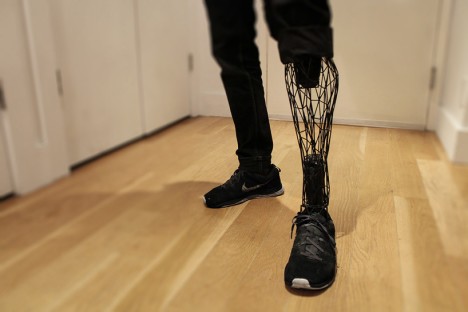
Lightweight, individualized and inexpensive, this design and manufacturing strategy bends artificial limbs in new directions and promises a more personalized product for those in need of a replacement (or upgrade).
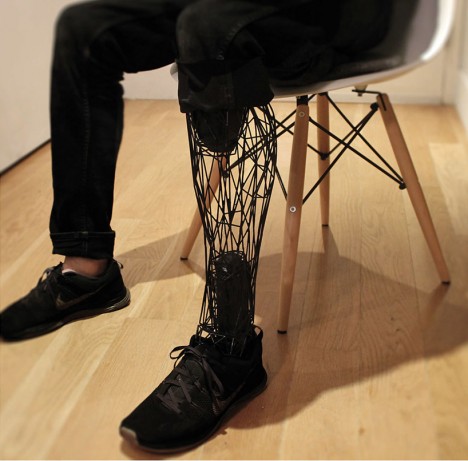
Developed by Adam Root, the process involves inverted laser scanning, 3D modeling and printing to generate form-fitting body parts that are comfortable, affordable and suited to a particular individual. The result is a “highly precise virtual model of the patient’s residual limb and matches its anatomy to within a fraction of a millimeter” which together with the “MIT biomechatronics lab-developed fitsocket captures leg tissue properties to enable a better fit.” Off-the-shelf parts round out these customized creations.
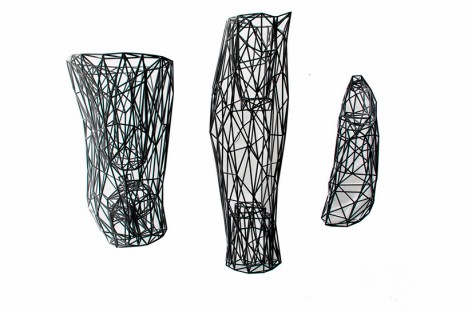
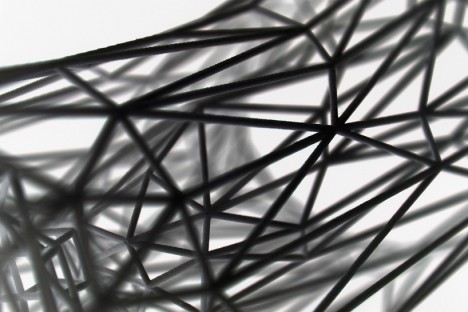
A custom-patterned mesh model forms the basis for fabricating an exo-skeletal structure, held together with titanium dust particles that are laser-sintered into place for strength and durability. This technique obviates the need for cumbersome central supports by spreading the loads in a sort of three-dimensional ‘space frame’, to borrow an architectural term. The resulting aesthetic is not only personalized but compelling – stylistically, it leaves choices up to the user and gives a unique look to each individual creation.
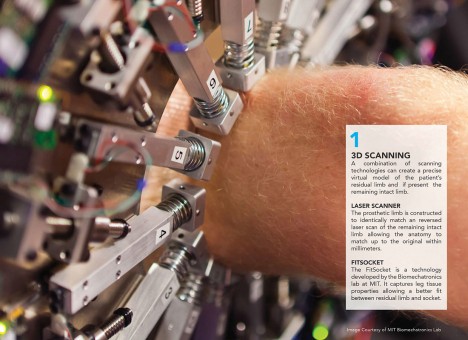
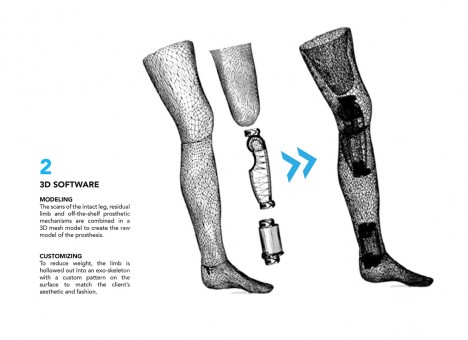
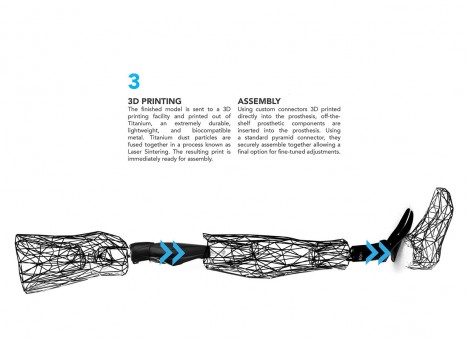
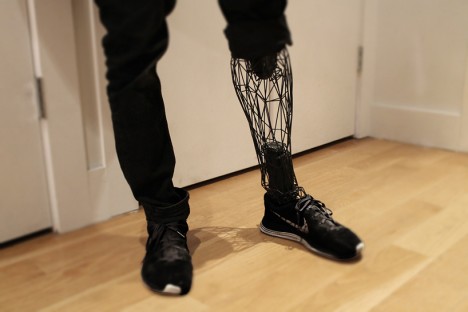
Gizmag puts these developments in context: “There are over 2 million amputees in the United States with 185,000 amputations every year. More than 90 percent of these involve amputations of the lower limbs. Traditional prostheses can be prohibitively expensive due to their complexity and the specialized labor required to customize them for each patient. They also have a very mechanical and robotic look and feel about them, which can exacerbate the sense of loss and negatively affect the psychological wellbeing of some amputees.”




[ By WebUrbanist in Conceptual & Futuristic & Technology. ]
[ WebUrbanist | Archives | Galleries | Privacy | TOS ]
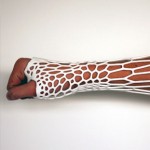
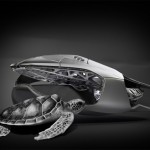
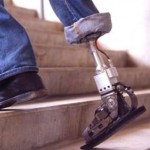
You must be logged in to post a comment.